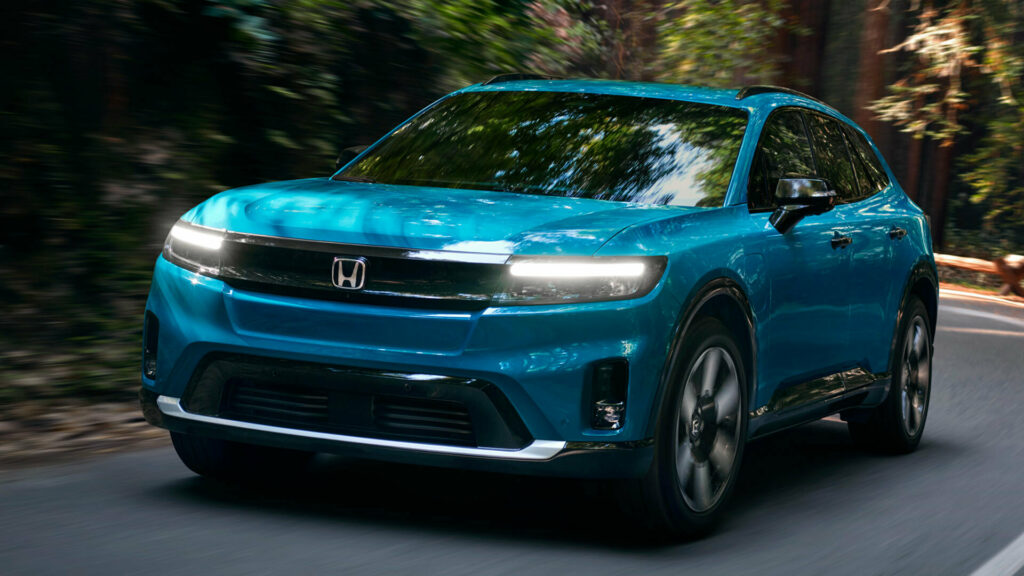Nissan Could Start Building Hybrids For Its Biggest Rivals

- Nissan is in talks with Ford and Stellantis to build a Rogue-based hybrid.
- The model will use Nissan’s e-Power system debuting in America in 2026.
- A deal would boost Tennessee output and mark Nissan’s hybrid resurgence.
To say that Nissan had a rough 2024 would be a big understatement, but it’s already hard at work to turn things around. Along with the introduction of new and updated models, it’s looking to partner with other brands, some of which are fierce rivals, like Ford and Stellantis. Before the end of the decade, though, Nissan could be building hybrids for multiple automakers.
Sleeping With The Enemy
According to a new report, the latest Rogue could be the basis for the vehicles in question. Nissan’s compact SUV features the brand’s proptietary e-Power hybrid system that uses a gas engine to power an electric battery and motors. The models that could come from partnerships would be built alongside the Rogue in Smyrna, Tennessee.
More: Nissan Confirms Plug-in Hybrid Frontier
Nissan’s e-Power technology has been available in Japan and Europe for years, but it won’t debut in the U.S. until late 2026. It promises 15 percent better fuel economy at highway speeds than in the outgoing Rogue.
That’s a promising figure, and U.S. manufacturing makes it a tempting platform for Ford and Stellantis, according to Autonews. In fact, Nissan might ink some sort of deal with either of these brands even if it doesn’t secure an order for badge-engineered cars.

Nissan spokesman Brian Brockman confirmed that the company is “exploring options” to localize vehicle and powertrain production to meet rising hybrid demand. He added that Nissan “remains open to dialogue” but has “no agreements in place regarding production at our U.S. plants.”
Partners Could Come From All Over The Globe
Interestingly, potential partners don’t stop with two of the Big Three. Mitsubishi is allegedly interested in joint production, too, and would reportedly use e-Power engines for the Outlander. Foxconn could even enter the fold as a contract manufacturer. For Nissan, making two or even three deals of this sort would be a huge step forward.
After initially leading the EV charge with the Leaf, the brand has fallen behind many competitors when it comes to electrified vehicles. As AutoForecast Solutions analyst Sam Fiorani put it, “They can’t get to market soon enough.”































